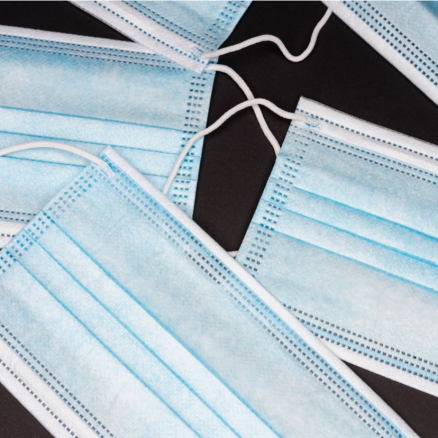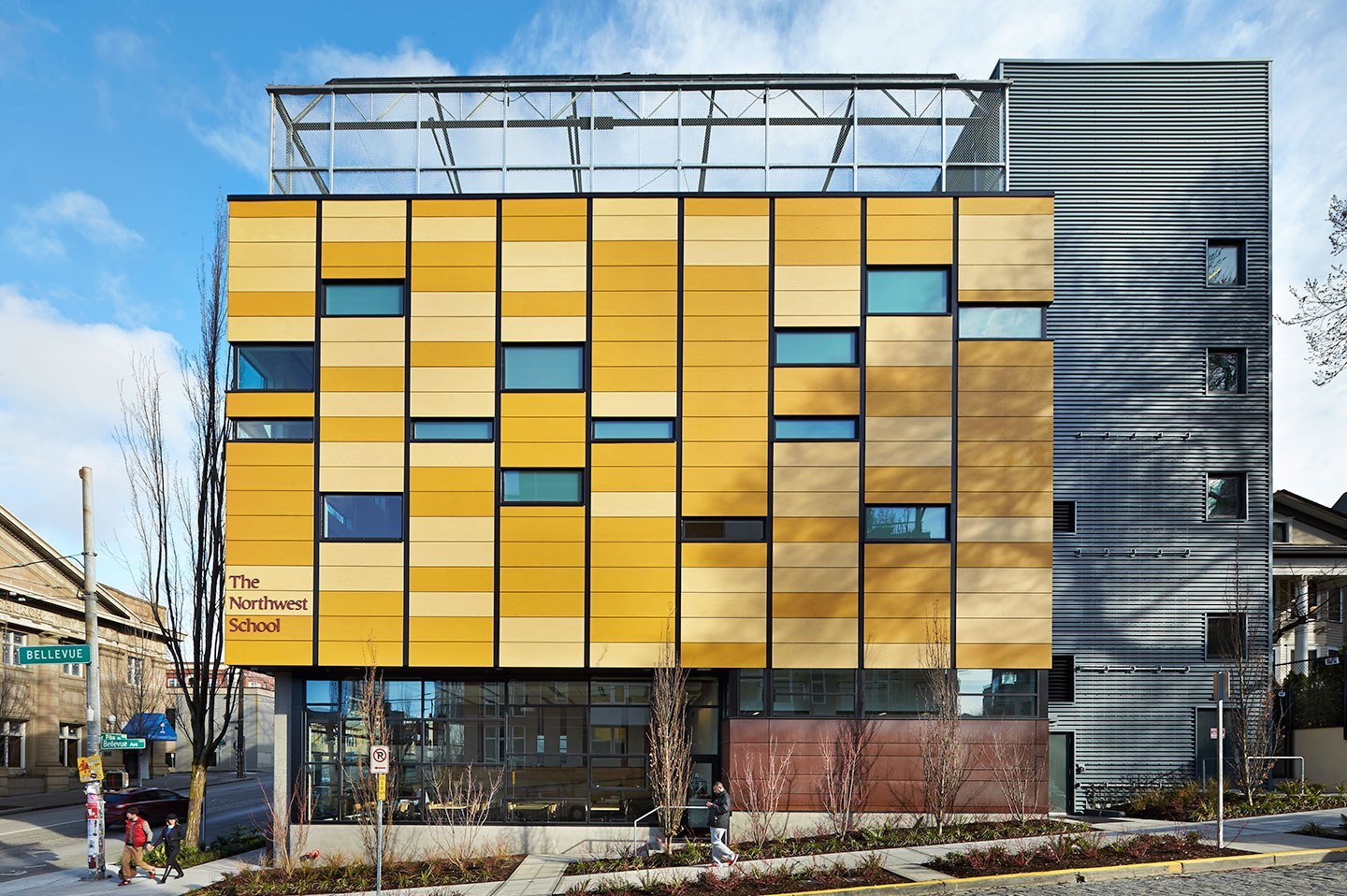The way the pandemic has limited people’s social interactions has maybe been the biggest impact felt by our community. An overwhelming number of students who’ve decided to return in-person for trimester 3 said they’re doing so because they’re tired of being at home and they want to see their friends at school. Many people’s social bubbles have shrunk in the last year and returning to an environment with so many people and so much social interaction will be a culture shock. Both in-person and remote students expressed worry about how their social skills have diminished during the pandemic and wonder what the small interactions we didn’t pay much attention to before will look like now. Almost all students choosing to stay remote for now don’t want to return before students and their families are all vaccinated. We don’t know when this will be but with vaccine rollout happening very efficiently and the hopefully imminent approval of the vaccine for kids 15 and under, the majority feeling is that many people will be vaccinated by the 2021-22 school year.
While for some the fast rollout of vaccines and return to normal is the light at the end of the tunnel, others feel a strong sense of dread at the thought of society returning to the way it was. People who have thrived on less social interaction feel an inevitable change in their everyday lives coming quickly, and for them, it’s not a comforting or exciting return to normal. This feeling, defined as re-entry anxiety, is very real. Small anxieties people felt every day before our world went almost fully remote have been alleviated for many. A significant number of people feeling re-entry anxiety are BIPOC people who might not have had to deal with the same level of microaggressions they face in the office or at school. Mental health professionals have been preparing for the anxieties people will face while going back to work, school, social gatherings, etc. Changing the available ways of interacting with others may be a positive that comes out of the pandemic for people nervous about returning to ‘normalcy’.
Going back to school is just one aspect of returning to ‘normal’. But what does normal look like after a global pandemic that put the country on lockdown for over a year and took the lives of over 570,000 Americans? There are things that will go back to how they were before like concerts, travel, and seeing friends, but we will probably all be more cautious to avoid getting sick. Before Covid hit, people would walk around unmasked with colds all the time. Now, that is almost unimaginable.
There is an expected but devastating amount of mass trauma we have been left to deal with in the aftermath of Covid-19. Extensive research has been done about trauma in the medical field because of Covid, but everyone has watched death counts climb into the millions and daily death counts exceed those of wars and terrorist attacks for the past 14 months. Even if you haven’t lost someone close to you to Covid-19, everyone has felt the impacts of the virus. Over lockdown, depression has tripled and Mental Health America reported that the number of people who have thought about suicide or self-harm is higher than ever recorded. Everyone in the world and in our own smaller communities will need to find ways to heal from the effects of the pandemic.
On the other hand, the pandemic has given the world a chance to take a breath. We took a collective step back and there has been serious re-assessment about how we used to live our lives. All across the globe we’ve seen positive environmental impacts that Covid has had. Air pollution has dropped in some places since people stopped commuting and traveling so much and France just banned all domestic air travel that could be completed by train in under 2.5 hours. We’ve all seen the photos of water canals in Italy looking healthier and more beautiful than they have in years largely due to a decrease in tourism—so what will we do to keep them that way? Locally, people have been working remotely from different states and some have even made permanent moves under the impression that they can continue working online after the pandemic is over. At Northwest, students have picked up practices such as going for a walk in their neighborhood over lunch, doing morning yoga, or (probably a more common one) waking up just before class starts without having to get ready for school. All of these things aren’t possible once we’re in person. Many students are wondering when school will start once the whole school is back in person 100% of the time. School used to start at 8:10am, which means most students had to wake up before 7am in order to get ready for the day and make it to school during rush hour. Now, we don’t have to wake up until 9am at the latest. These are changes that have come about during the pandemic that have been surprisingly nice, and may be hard to let go of in the future.
Right now, everyone is trying to find their new normal. As cases rise and fall, we adjust accordingly. Things that used to be so simple have completely changed, and while it may be hard to picture our lives without masks or social distancing, that day is coming. The past year has gone by in the blink of an eye but it feels like it lasted 3 years. What we did during quarantine, how we went to school, and what it was like watching the news filled with new information about coronavirus everyday will inspire the stories we tell our kids one day. We will reminisce about life before the pandemic and point out permanent changes in our lives that never would exist if Covid-19 hadn’t happened.
We’re still figuring out what normal looks like. For a while it may be the case that nothing will feel normal. But one day the lockdowns and mask mandates will be in the distant past, and we might not even remember the feelings of uncertainty we felt about returning back to what our daily lives used to be.



